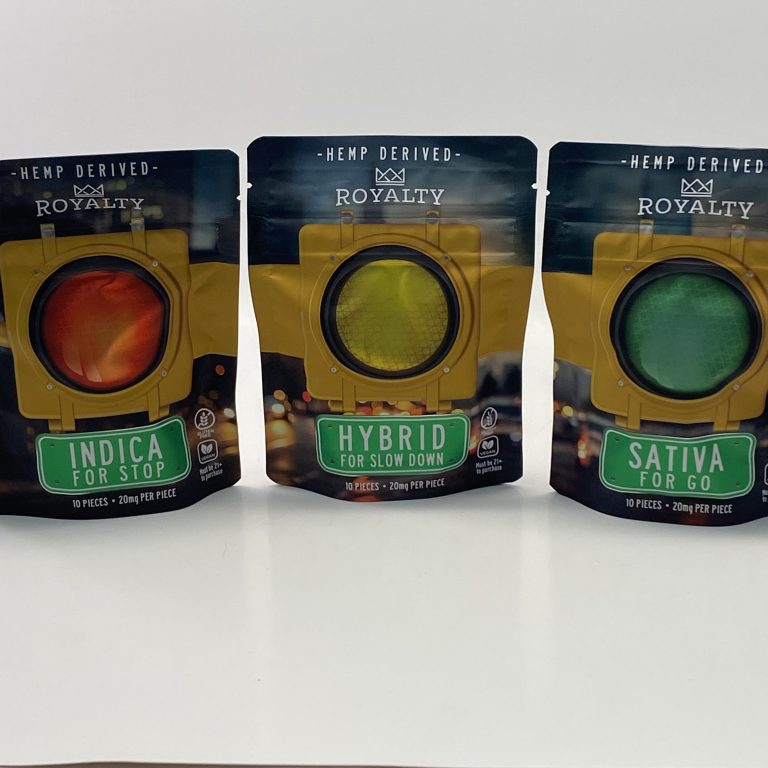Amanita Muscaria and the Super Mario Bros. Red Mushroom: A Psychedelic Echo in Pop Culture
Few images in video-game history are as iconic as the red-and-white “Super Mushroom” from Super Mario Bros. It is instantly recognizable: a squat red cap adorned with bright white spots, a symbol that has become shorthand for power, growth, and second chances. But long before Mario ever stomped a Goomba, a real mushroom with a strikingly similar appearance occupied a far stranger and more mythically charged place in human culture: Amanita muscaria, the fly agaric.
The resemblance between the two is impossible to dismiss. The fly agaric’s vivid red cap and white warts are so archetypal that they have served for centuries as the default visual representation of a mushroom in European folklore and fairy-tale illustrations. In this sense, Nintendo didn’t so much invent the look of the Super Mushroom as inherit a symbol that human cultures had already cemented in their visual vocabulary. The more interesting question, then, is whether the meaning carried by Mario’s mushroom (growth, transformation, invincibility) has deeper echoes in the cultural history of Amanita muscaria.
The fly agaric occupies a complicated place in the human imagination. It is psychoactive, though in an unpredictable and often unpleasant way, and many anthropologists have connected it with shamanic rituals in Siberia and northern Europe. These stories, some based in evidence, others in romantic speculation—portray the mushroom as an agent of altered perception, spiritual expansion, and symbolic death-and-rebirth experiences. In much of popular culture, the mushroom’s psychedelic connotations have been flattened into a caricature: it’s the “trippy” mushroom, the fairy’s toadstool, the gateway to unusual states of mind.
Mario’s mushroom, meanwhile, is family-friendly. It’s not a psychedelic; it’s a power-up. But the narrative parallel is still striking: a small, humble object that allows the hero to transcend his previous limitations. In mythic terms, it is a catalyst, a trigger of metamorphosis. Where ancient cultures associated Amanita muscaria with liminality and altered states, Nintendo repurposed the symbol into something accessible and benign. The transformation remains, but the danger and complexity are removed.
There’s also a distinctly Japanese layer of interpretation. Shigeru Miyamoto has said that early Mario designs were influenced heavily by the surreal transformations of Japanese folklore—stories of magical foods, mysterious forest spirits, and the boundary-blurred realm of the yokai. In that context, the mushroom becomes a nod to fantasy more than pharmacology: a natural element imbued with wonder, humor, and unpredictability. Amanita muscaria simply supplied the familiar visual shorthand.
Ultimately, the relationship between Amanita muscaria and the Super Mushroom is not one of direct inspiration so much as one of symbolic inheritance. Nintendo tapped into a centuries-old cultural motif one that associated spotted red mushrooms with enchantment and transformation and gave it a modern, playful twist. The result is that millions of players now intuitively link a little red mushroom with the delightful possibility of becoming something more.
If the fly agaric once stood at the crossroads of myth and consciousness, Mario’s mushroom stands at the crossroads of nostalgia and imagination. Both, in their own ways, invite us to consider how small things can alter our perception of what is possible.








